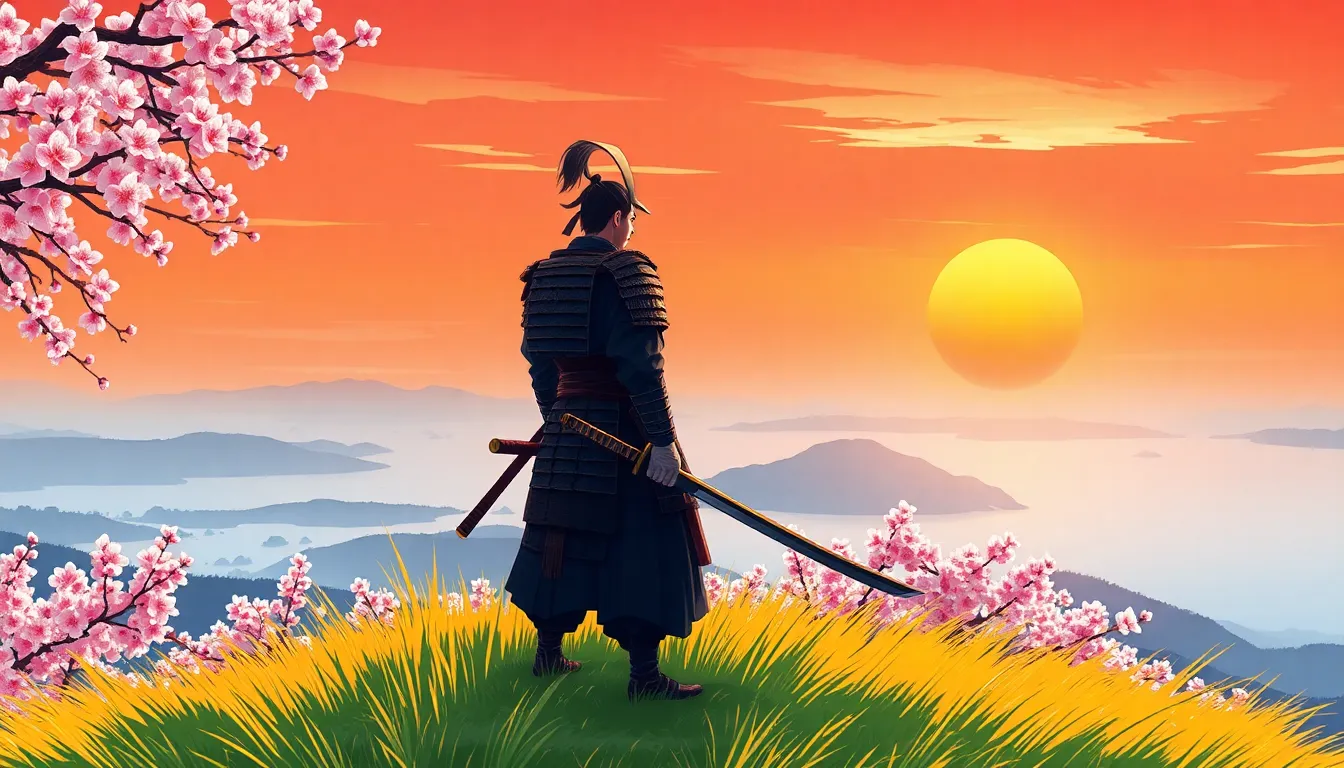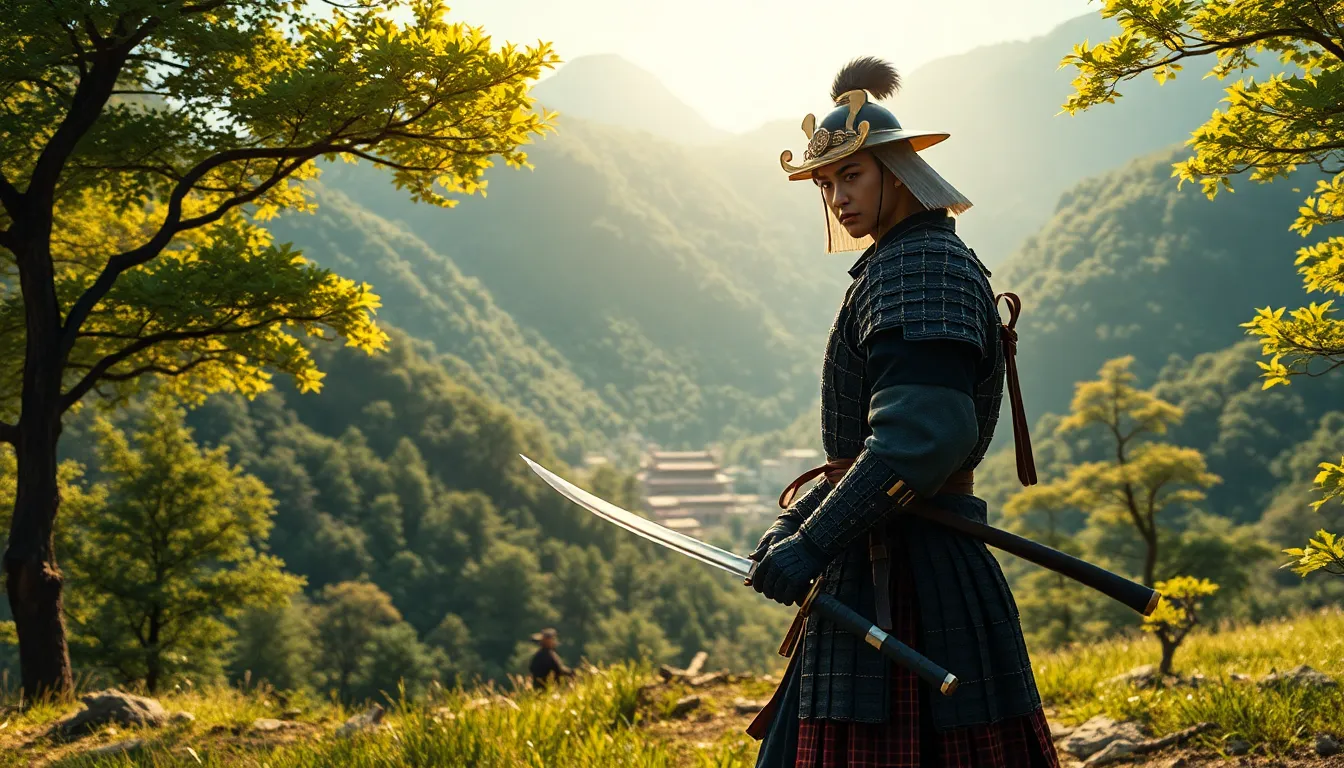In the vast, breathtaking world of Ghost of Tsushima, players embark on a journey that’s as epic as a samurai’s last stand. But before diving headfirst into the stunning landscapes and intense battles, many gamers find themselves pondering a crucial question: how many acts are there in this gripping tale?
Table of Contents
ToggleOverview of Ghost of Tsushima
“Ghost of Tsushima” offers a rich narrative set in 1274 during the Mongol invasion of Japan. Players explore the vast open world, featuring stunning landscapes inspired by real locations. Following the path of Jin Sakai, they navigate an engaging story of honor and sacrifice. The game emphasizes combat, stealth, and exploration, allowing diverse gameplay styles.
The storyline unfolds across three acts. Each act contains its distinct challenges, characters, and locations. Act One sets the stage with Jin’s journey to save Tsushima Island from Mongol forces, introducing critical characters and setting the tone. In Act Two, Jin embraces the way of the Ghost, adapting to new tactics as he rallies allies against the enemy. Finally, Act Three culminates in a fierce battle, resolving key plot points and offering players a sense of closure.
Notably, the game incorporates multiple side quests, enhancing character development and gameplay depth. These side quests enrich the main narrative while allowing players to experience Tsushima’s lore and culture. Each quest complements the main story, providing context for Jin’s decisions.
Customization options for combat and gear exist, allowing players to tailor their experience. Players can upgrade weapons and armor, enhancing their abilities against Mongol troops. The game encourages exploration, rewarding players for discovering hidden shrines and collectibles throughout the island.
“Ghost of Tsushima” combines breathtaking visuals with an immersive soundtrack, creating an unforgettable experience. The gameplay mechanics, highlighted by the fluid combat system, contribute to the overall excitement. Each act presents a unique opportunity for players to engage with the story, making it a memorable journey through history.
Ghost of Tsushima How Many Acts

“Ghost of Tsushima” features a total of three acts, each unfolding distinct phases of Jin Sakai’s journey. The narrative evolves significantly through these acts, providing players with varied experiences and challenges.
Breakdown of Each Act
Act One introduces players to Jin’s struggle to defend Tsushima Island from invading Mongols. Central themes of honor and duty emerge as he grapples with traditional samurai values. Act Two marks Jin’s transformation into the Ghost, emphasizing stealth tactics and guerrilla warfare. This act deepens character development while Jin confronts his own beliefs. Lastly, Act Three delivers a climactic confrontation that resolves primary story arcs and tests Jin’s growth and choices.
Importance of Acts in Gameplay
Acts in “Ghost of Tsushima” enhance the overall gameplay experience through structured progression. Each act offers unique quests, character arcs, and environmental changes. Players encounter diverse enemies and allies, which intensifies engagement. Additionally, the acts allow for skill enhancements and weapon upgrades, alongside opportunities for exploration. These elements make the storyline dynamic and ensure players remain invested in Jin’s journey and the fate of Tsushima.
Act One: Tsushima’s First Conflict
Act One sets the stage for the epic saga unfolding on Tsushima Island. This act introduces players to critical conflicts ignited by the Mongol invasion and the challenges faced by Jin Sakai.
Key Events
During this act, players witness the Mongol forces attacking Tsushima, leading to Jin’s initial struggle to protect his home. The burning villages and cries of his people propel Jin into action, laying the groundwork for his journey. The confrontation between Jin and the formidable General Khotun Khan serves as a pivotal moment, marking the beginning of Jin’s transformation. Following harrowing encounters, he begins to understand the limitations of traditional samurai tactics. The act ends with Jin witnessing the destruction caused by the invasion, emphasizing themes of loss and determination. His mission to save Tsushima becomes increasingly urgent, setting the tone for what’s to come.
Major Characters Introduced
Several key characters emerge in Act One, shaping Jin’s path significantly. Jin Sakai stands at the forefront as a loyal samurai torn between honor and duty. Uncle Shimura represents the samurai code, trying to guide Jin through the chaos. The act introduces Yuna, a thief who embodies resilience and resourcefulness, guiding Jin in his fight against the Mongols. Each character plays a unique role, influencing Jin’s evolution throughout the narrative. The contrasting perspectives between Jin, Shimura, and Yuna create a dynamic interplay that enriches the story’s depth. Together, they confront adversity, highlighting themes of loyalty, sacrifice, and the quest for identity in a war-torn landscape.
Act Two: The Journey of the Samurai
Act Two marks a significant turning point as Jin fully adopts the way of the Ghost. Stealth, cunning, and guerrilla warfare become pivotal in his quest to liberate Tsushima.
Themes Explored
Honor, sacrifice, and identity emerge as central themes in Act Two. Jin wrestles with his samurai upbringing while embracing new methods to combat the Mongols. The struggle between traditional values and the harsh realities of war creates tension. Relationships with characters like Yuna further deepen these themes, showcasing how differing perspectives shape personal development. As Jin battles inner demons, he symbolizes the transformation that the island undergoes amid the invasion. Each choice he faces forces players to reflect on the cost of freedom.
Gameplay Evolution
Gameplay becomes more dynamic in Act Two, emphasizing stealth strategies and innovative combat tactics. Players can utilize various approaches to defeat enemies, fostering creativity in combat. New abilities and techniques enhance the gameplay experience, allowing for a more personalized play style. Side quests unfold further character backgrounds and add depth to the narrative. Environmental elements frequently change, providing fresh challenges and opportunities for exploration. Players can upgrade skills, which increases Jin’s effectiveness against formidable foes. The evolution of gameplay mechanics maintains a thrilling pace, amplifying engagement and immersion in the world of Tsushima.
Act Three: The Climax and Resolution
Act Three brings intense battles and critical turning points that define Jin’s journey. Players encounter surprising plot twists that heighten the emotional stakes. For instance, relationships with key characters like Yuna and Uncle Shimura evolve dramatically, leading to unpredictable outcomes. One pivotal moment tests Jin’s loyalty and his adherence to samurai principles, forcing players to reconsider the nature of honor. Such twists deepen the narrative while propelling players toward an exhilarating climax.
Plot Twists
Plot twists in Act Three significantly influence character dynamics and decision-making. Characters reveal hidden motives that challenge Jin’s perspective on loyalty and leadership. An unexpected betrayal shapes the climax, leaving players as invested in the outcome as Jin himself. Motives behind certain actions come to light during emotional confrontations, highlighting the complexity of relationships. Each twist reinforces the theme of sacrifice, suggesting that choices have far-reaching consequences.
Endgame Challenges
Endgame challenges require strategic thinking and mastery of Jin’s abilities. Players face formidable foes, including elite Mongol leaders who demand skilled combat tactics. The environment adds another layer of complexity, with changing landscapes impacting battle strategy. Each encounter provides opportunities for personalized combat styles, allowing players to adapt their approach as needed. Completing these challenges not only advances the story but also enhances Jin’s development. Rewards from triumphant battles improve gear and unlock new abilities that prove crucial in the final moments.
“Ghost of Tsushima” offers players a captivating journey through its three acts. Each act presents unique challenges and character developments that deepen the narrative. As players navigate Jin Sakai’s evolution from a traditional samurai to the cunning Ghost, they experience the emotional weight of his choices. The game masterfully blends stunning visuals and immersive gameplay, making every moment impactful. With its rich storytelling and dynamic combat, “Ghost of Tsushima” stands out as a remarkable gaming experience that resonates with themes of honor, sacrifice, and identity. Players are left with lasting memories as they explore the beauty and turmoil of Tsushima Island.




